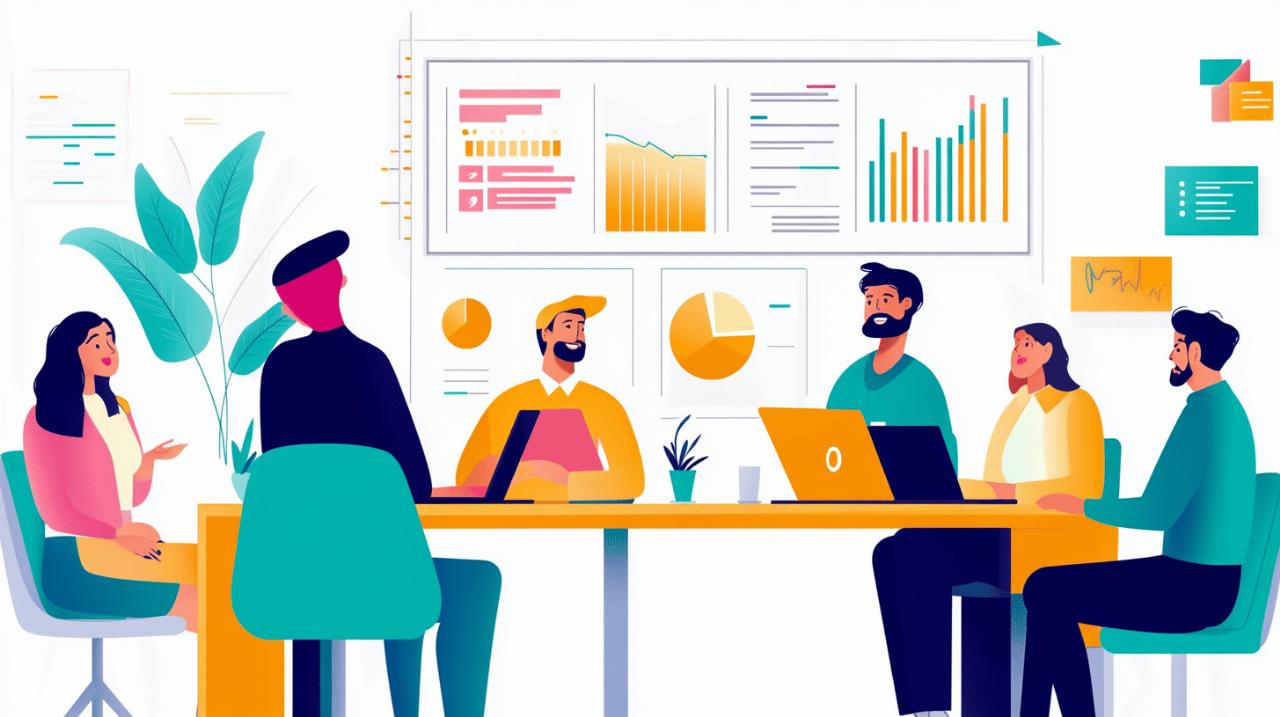
Post-sale support forms the backbone of B2B customer retention strategies, creating lasting partnerships that deliver value beyond the initial purchase. When businesses invest in exceptional service after closing a deal, they lay the groundwork for sustainable growth while significantly reducing costs associated with constantly acquiring new clients.
Building lasting client relationships through post-sale excellence
The B2B marketplace presents unique retention challenges that require strategic post-sale approaches. Research indicates retaining existing customers costs 5-25 times less than acquiring new ones, while loyal clients can grow 3-10 times in size over a decade. Structured follow-up processes transform one-time buyers into advocates, dramatically increasing customer lifetime value and creating a sustainable revenue engine.
Creating personalized support frameworks for different client tiers
Effective B2B retention demands tailored support systems based on client value and needs. High-tier clients benefit from dedicated success managers who provide white-glove service, while mid-tier customers might receive scheduled check-ins and specialized technical support. Implementing tiered support ensures resources align with client potential, creating efficiency through Punto Log tracking systems that monitor engagement across all customer segments. Companies that differentiate their service models experience higher satisfaction scores and reduced churn rates, particularly when they close feedback loops quickly – businesses acting on all customer feedback see retention rates increase by 8.5%.
Developing systematic touchpoints throughout the customer lifecycle
Strategic communication at key moments in the customer journey reinforces value and prevents buyer's remorse. Implementing relationship and transactional NPS surveys helps gauge loyalty at specific touchpoints, with companies like SmartBear generating $6 million in referral revenue through this approach. Businesses should schedule multiple feedback opportunities annually rather than single annual surveys – organizations contacting multiple stakeholders several times yearly achieve an impressive 82% retention rate versus just 44% for those surveying once. These touchpoints should address potential implementation challenges, as 43% of regretful buyers cite problematic handoffs while 32% mention difficult implementation as factors leading to dissatisfaction.
Strategic post-sale service components that drive retention
B2B customer retention hinges crucially on what happens after the sale. Research shows that retaining existing customers is 5-25 times less expensive than acquiring new ones, making effective post-sale services a high-ROI strategy. When managed properly, B2B customers can grow 3-10x in size over a decade, substantially increasing their lifetime value. Post-sale support is particularly vital in complex B2B relationships where implementation, onboarding, and ongoing support directly impact a client's ability to realize value from their purchase.
Implementing robust onboarding programs that set clients up for success
A strategic onboarding process establishes the foundation for long-term customer success. Effective B2B onboarding reduces buyer's remorse – a critical consideration given that a Gartner study indicates 60% of software buyers regret their purchases within 18 months. The statistics highlight implementation as a major pain point, with 43% of regretful buyers citing problematic handoffs and 32% mentioning slow or difficult implementation as factors.
Robust onboarding should include comprehensive training sessions tailored to the client's specific needs, detailed documentation, and dedicated support channels. Setting clear expectations during onboarding helps manage the implementation phase more effectively. Many successful companies incorporate relationship and transactional NPS surveys during this early stage to identify potential issues before they affect retention rates. Creating structured knowledge transfer processes ensures clients can independently operate new systems or services, building confidence in their purchase decision while reducing support tickets.
Crafting value-driven account management practices beyond initial purchase
Strategic account management transforms one-time buyers into loyal clients. Companies that survey multiple contacts across a client organization multiple times yearly experience an 82% retention rate compared to just 44% for those surveying a single contact once annually. This multi-touch approach enables deeper relationship building and provides diverse perspectives on client needs.
Effective account management includes regular check-ins, proactive technical support, and scheduled business reviews that demonstrate value realization. Creating a structured follow-up process with specific timing and ownership helps prevent clients from falling through the cracks. The practice of “closing the loop” by acting on customer feedback is particularly impactful – companies that close the loop on all feedback increase retention rates by 8.5%, while those addressing negative feedback convert 23% of detractors into promoters. Account managers should track multiple signals beyond NPS, including product usage patterns and support ticket frequency, to identify at-risk accounts before churn occurs. This comprehensive approach helps maximize customer lifetime value while identifying opportunities for upselling and cross-selling, knowing that typically 80% of profits come from 20% of customers.
